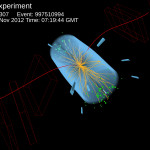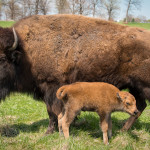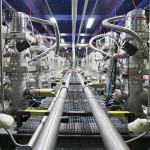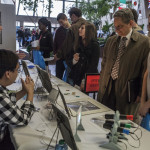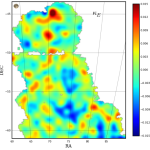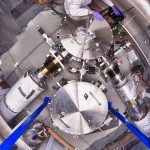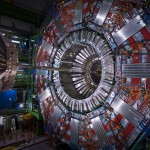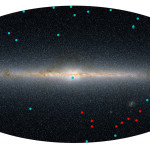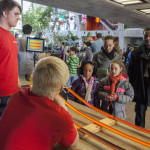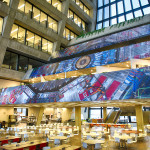Newsroom
Scientists on the Dark Energy Survey have released the first in a series of dark matter maps of the cosmos. These maps, created with one of the world’s most powerful digital cameras, are the largest contiguous maps created at this level of detail and will improve our understanding of dark matter’s role in the formation of galaxies.
Imagine an instrument that can measure motions a billion times smaller than an atom that last a millionth of a second. Fermilab’s Holometer is currently the only machine with the ability to take these very precise measurements of space and time, and recently collected data has improved the limits on theories about exotic objects from the early universe.
Scientists on two continents have independently discovered a set of celestial objects that seem to belong to the rare category of dwarf satellite galaxies orbiting the Milky Way. A team of researchers with the Dark Energy Survey, headquartered at Fermi National Accelerator Laboratory, and an independent group from the University of Cambridge jointly announced their findings today.

